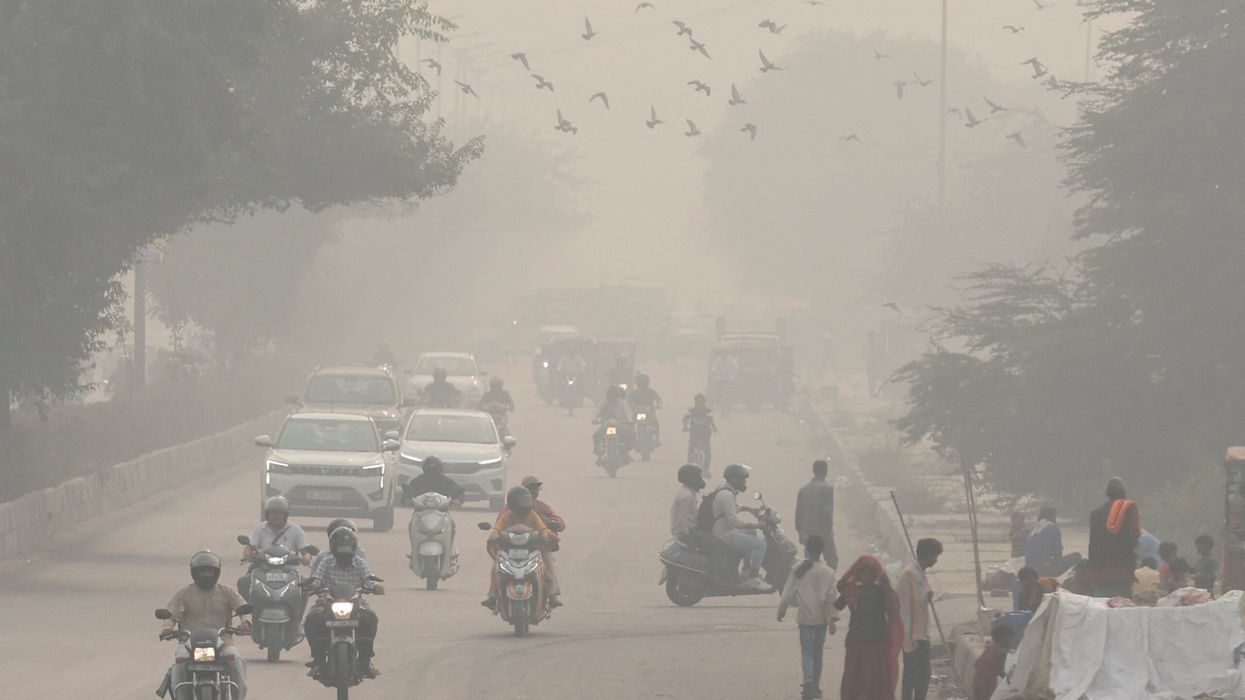INDIA continued to dominate global pollution rankings in 2024, with multiple cities among the most affected by dangerous particle smog, according to a report released on Tuesday.
The report, published by Swiss air technology company IQAir, found that Byrnihat was the world’s most polluted metropolitan area last year.
New Delhi was ranked as the world's most polluted capital city, followed by Chad's N'Djamena. Bangladesh’s capital Dhaka was placed third, with Kinshasa and Islamabad completing the top five.
Chad was identified as the most polluted country, with air pollution levels 18 times higher than the World Health Organisation’s (WHO) recommended safe limits for PM2.5 concentrations.
Bangladesh, Pakistan, the Democratic Republic of Congo, and India followed, with India ranked as the fifth most polluted country overall. Six of the world's nine most polluted cities were in India.
Byrnihat, an industrial town on the border of Meghalaya and Assam, recorded an average PM2.5 level of 128.2 micrograms per cubic metre in 2024—over 25 times the WHO’s recommended limit of five micrograms.
Across India, PM2.5 concentrations averaged 50.6 micrograms per cubic metre, ten times the WHO guideline.
The report, prepared with Greenpeace’s support, noted that overall pollution levels in India had decreased by seven per cent from 2023.
However, the country’s cities continue to struggle with high levels of small particulate matter caused by vehicle emissions, industrial activity, agricultural burning, and waste disposal.
Pollution levels in South Asia rise sharply in winter. The report highlighted that in January, Baddi in Himachal Pradesh recorded an average PM2.5 concentration of 165 micrograms—33 times the WHO safe level. Five cities in Pakistan reported levels exceeding 200 micrograms in November.
The study was based on data from more than 40,000 air quality monitoring stations across 8,954 locations in 138 countries, territories, and regions, IQAir said.
Oceania was identified as the world’s cleanest region, with 57 percent of its cities meeting the WHO’s PM2.5 annual guideline value.
In Europe, Bosnia had the highest pollution levels, exceeding the WHO limit by more than five times, followed by North Macedonia and Serbia. The Serbian city of Novi Pazar was the most polluted in Europe, the report stated.
Burkina Faso, Iran, and Afghanistan, which appeared in previous rankings, were not included in this report due to insufficient data.
Only seven countries—Estonia, Iceland, Australia, New Zealand, the Bahamas, Grenada, and Barbados—had air quality levels within the WHO guidelines.
Seventeen percent of the cities analysed met the WHO’s air quality standard in 2024, up from nine percent in 2023.
Air pollution remains a major environmental health risk. In 2021, atmospheric and domestic air pollution caused an estimated 8.1 million premature deaths globally, according to the State of Global Air 2024 report by the Health Effects Institute and the Institute for Health Metrics and Evaluation.
(With inputs from AFP)









